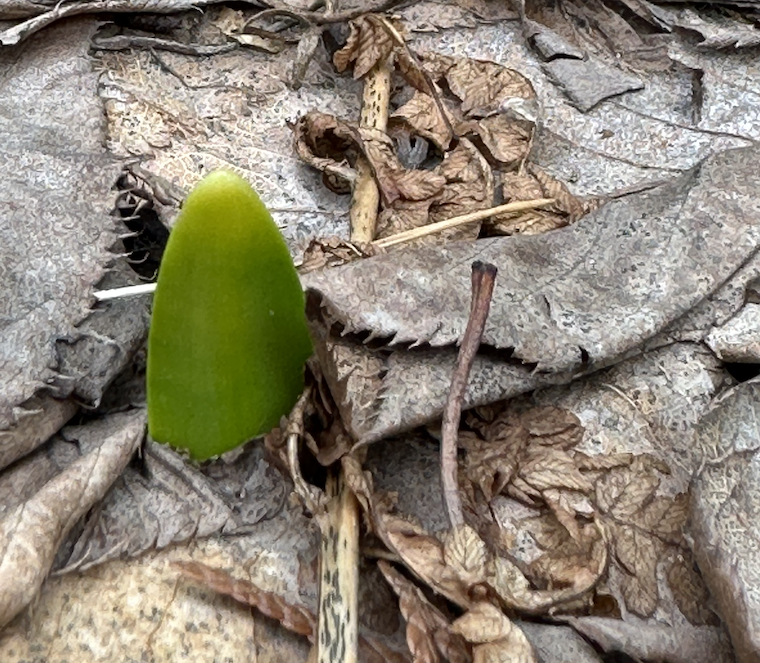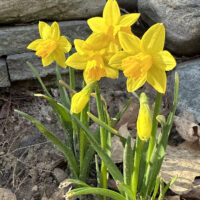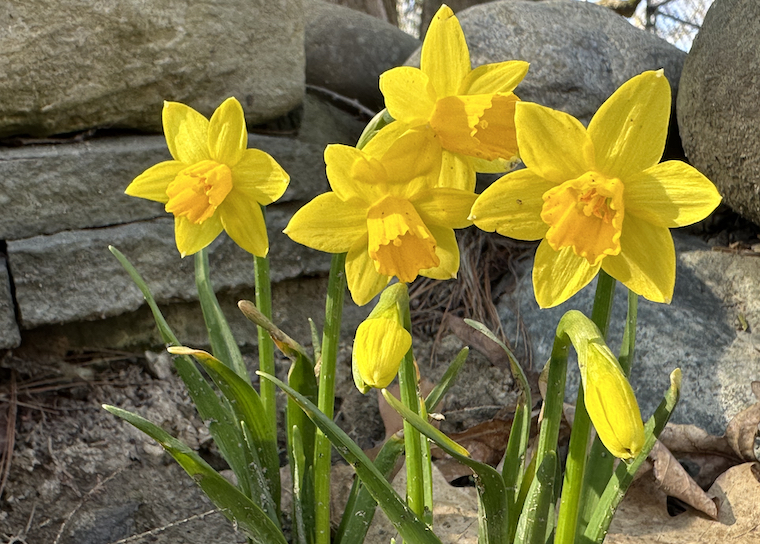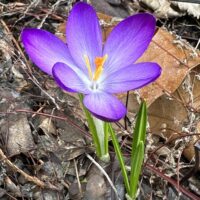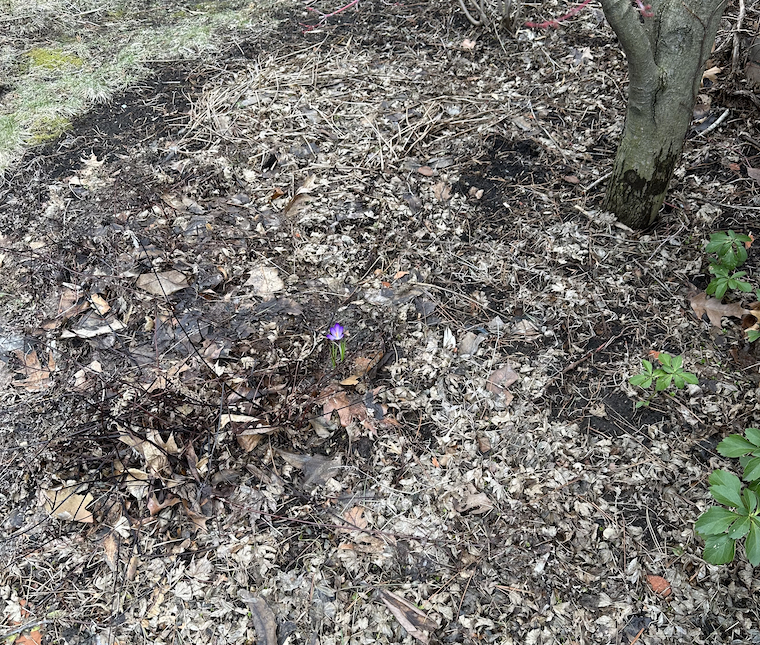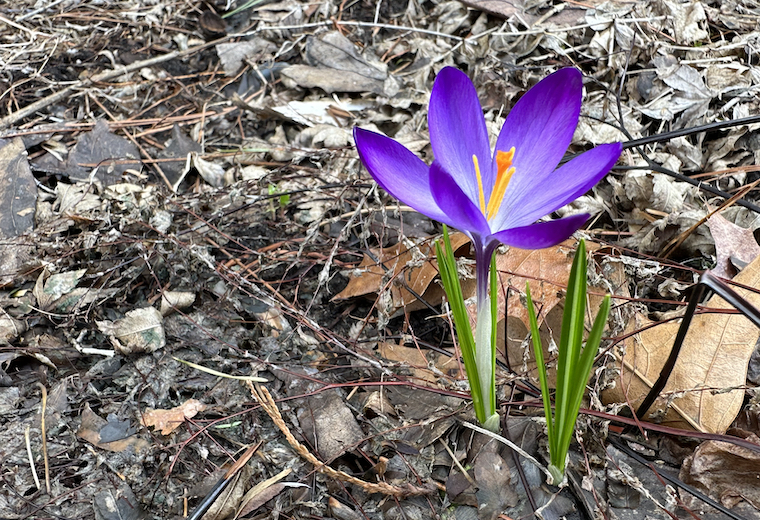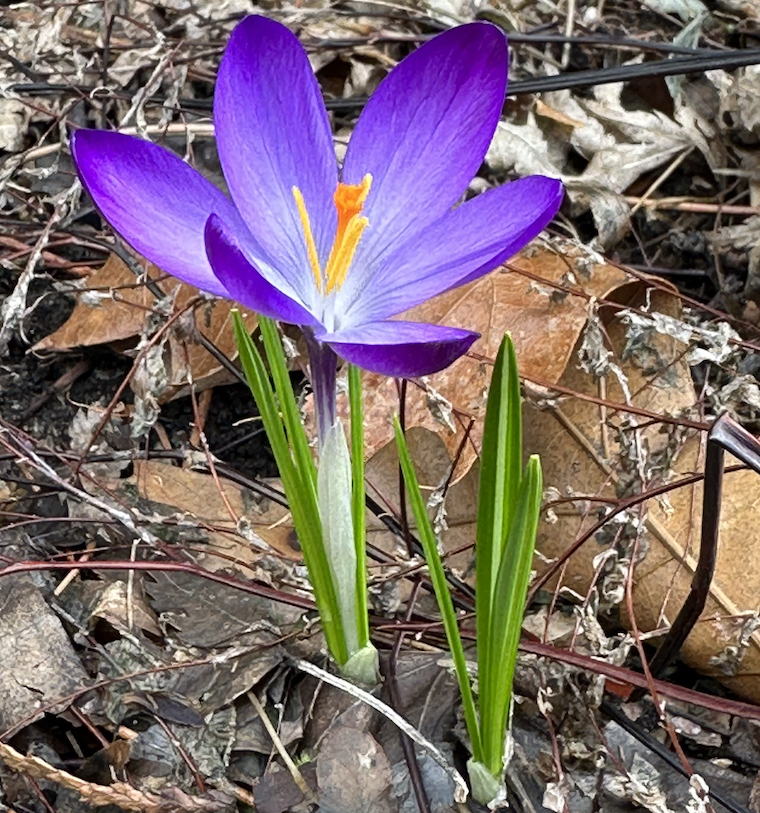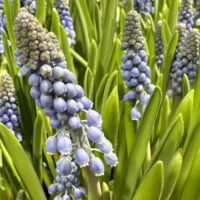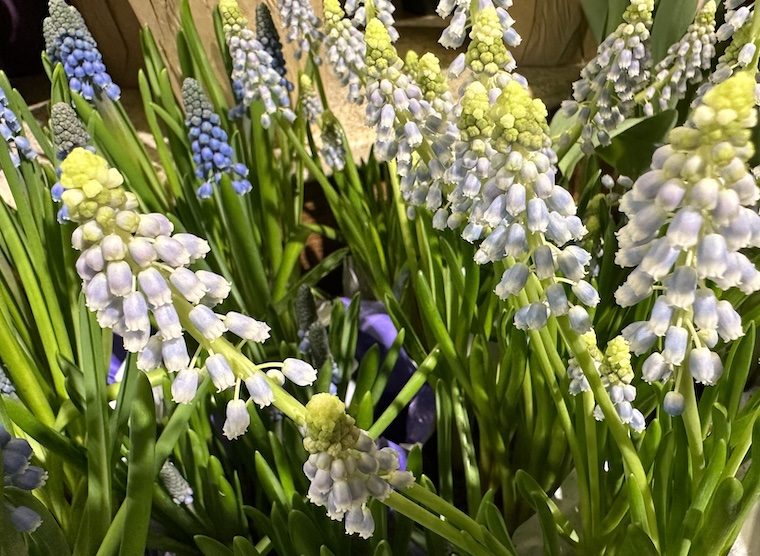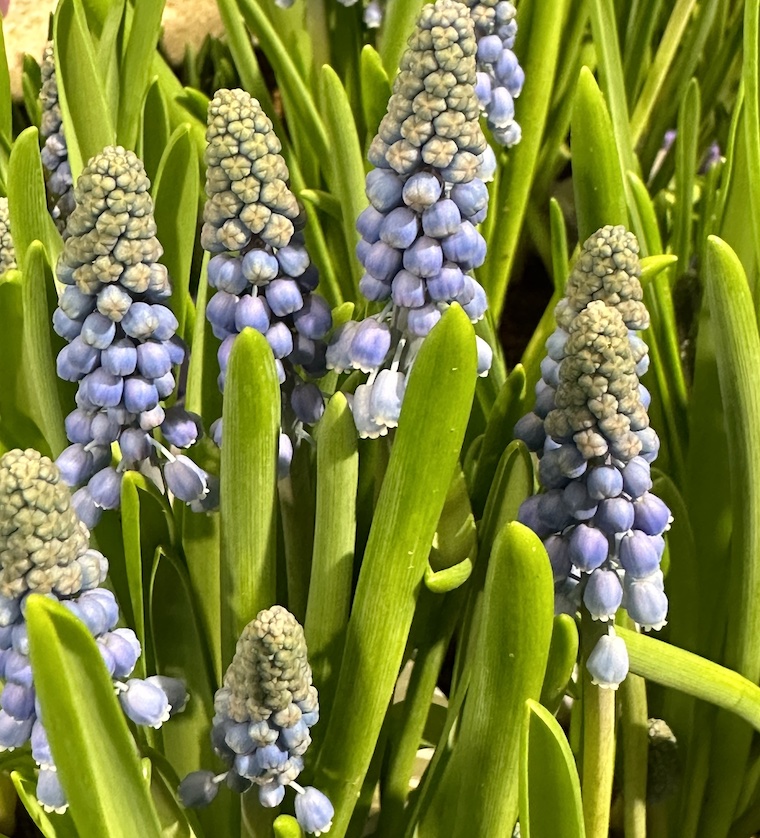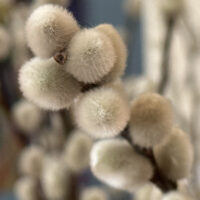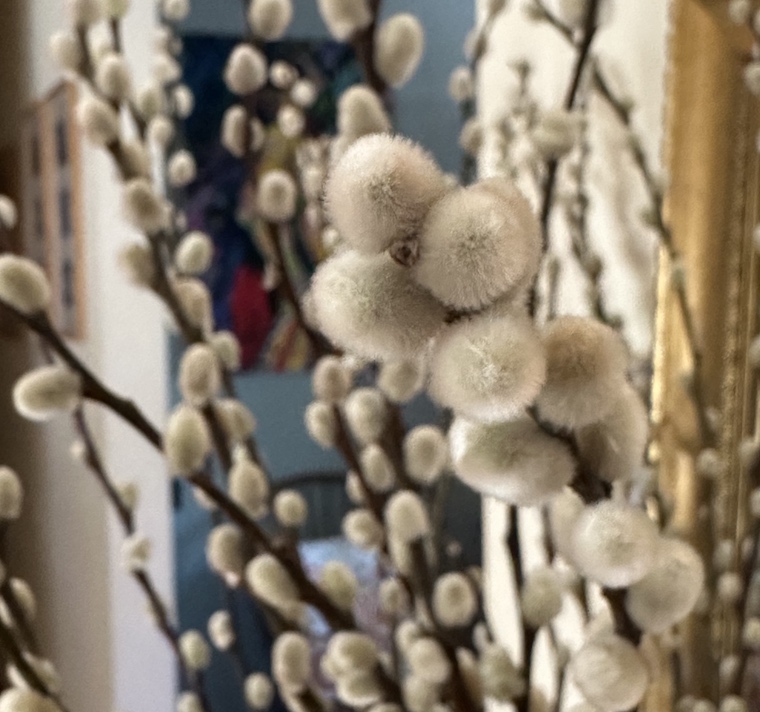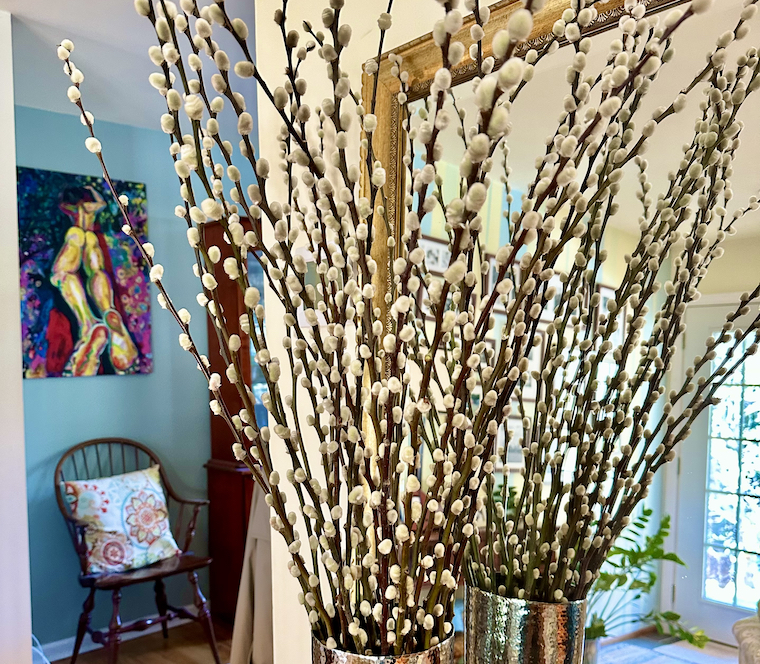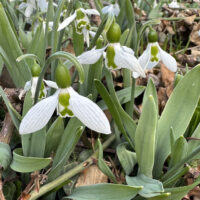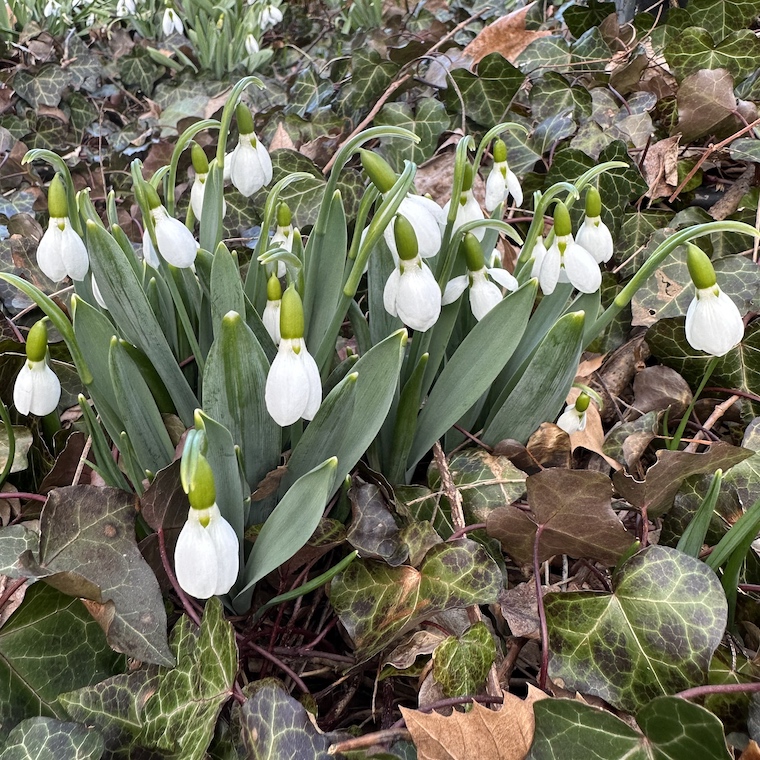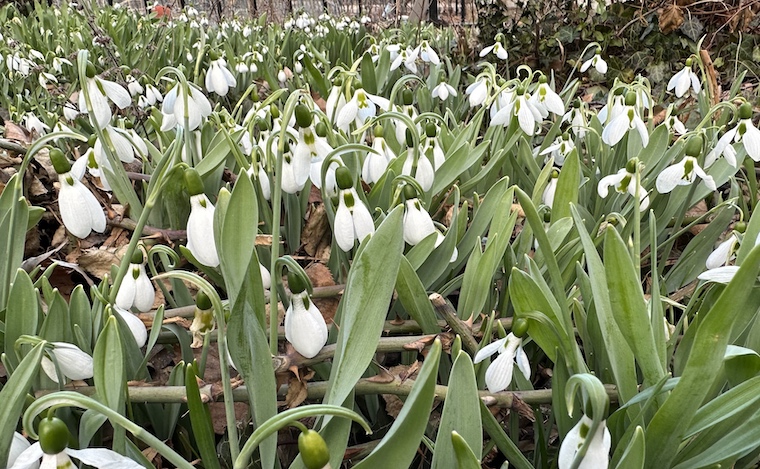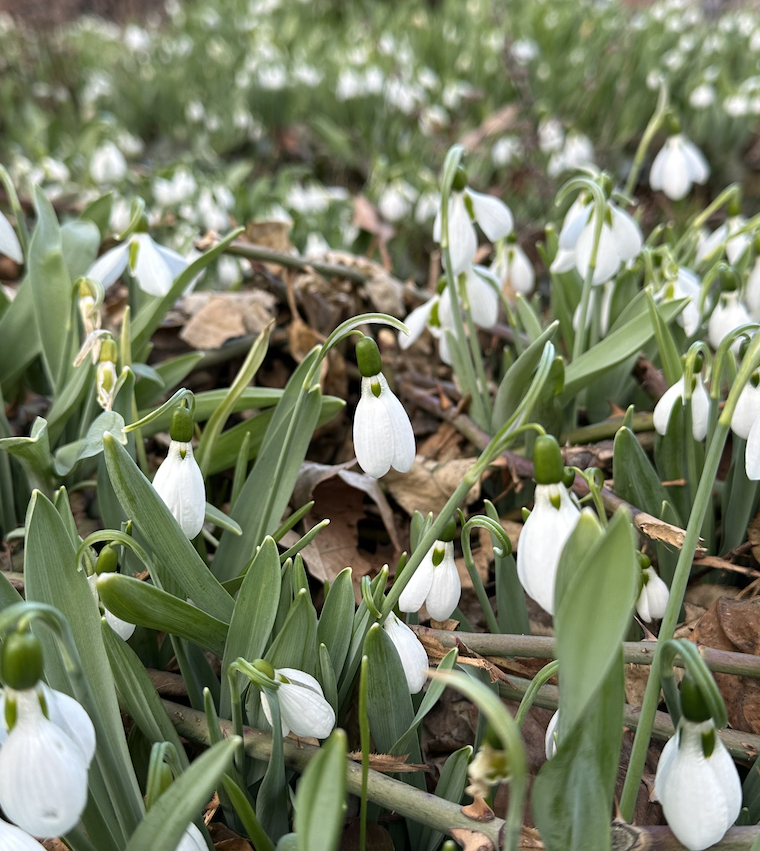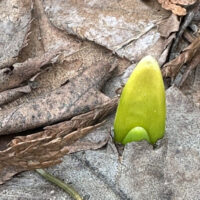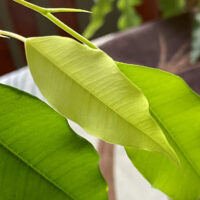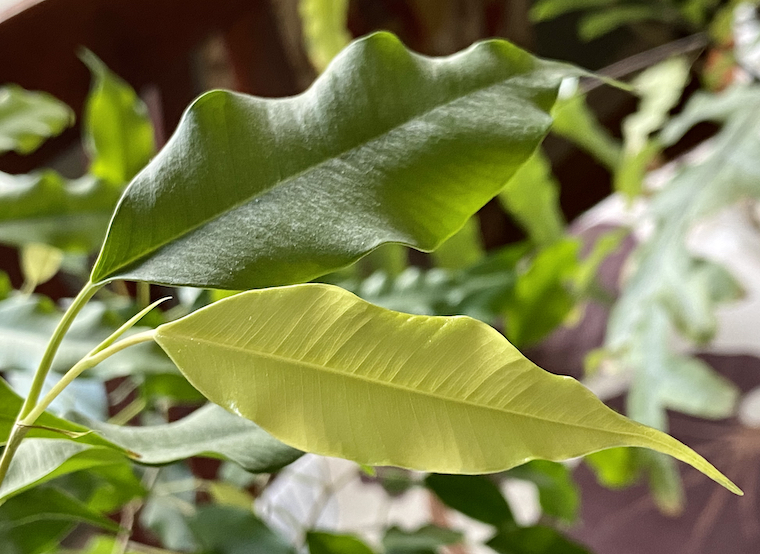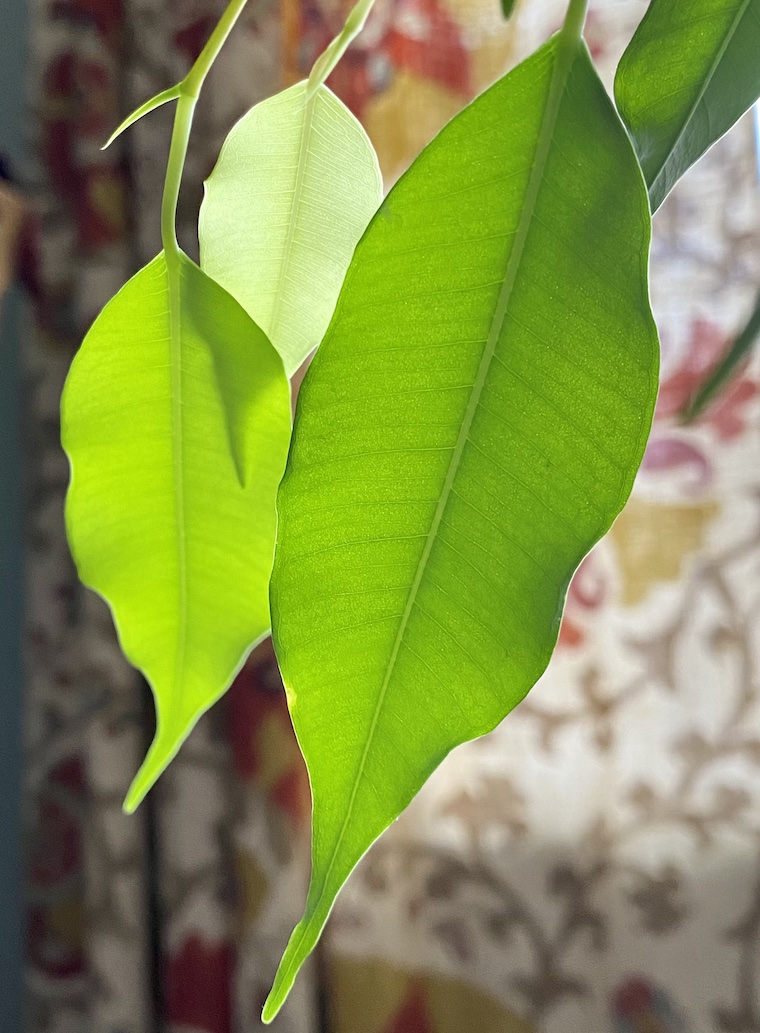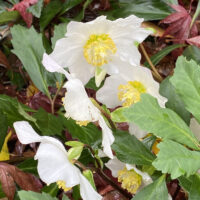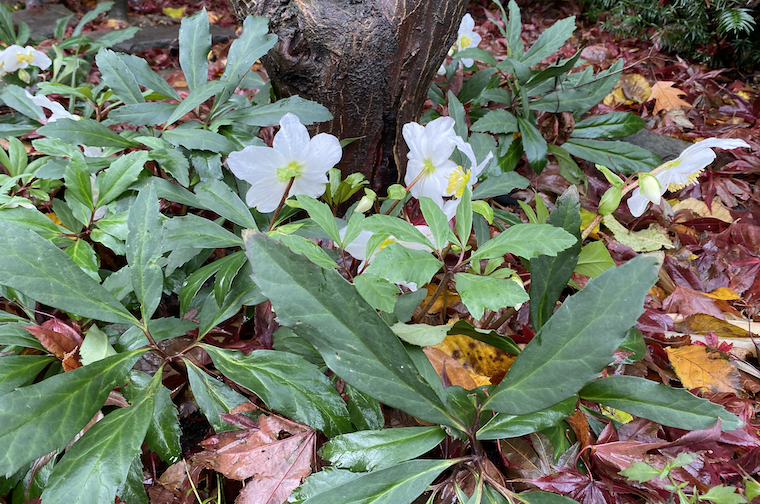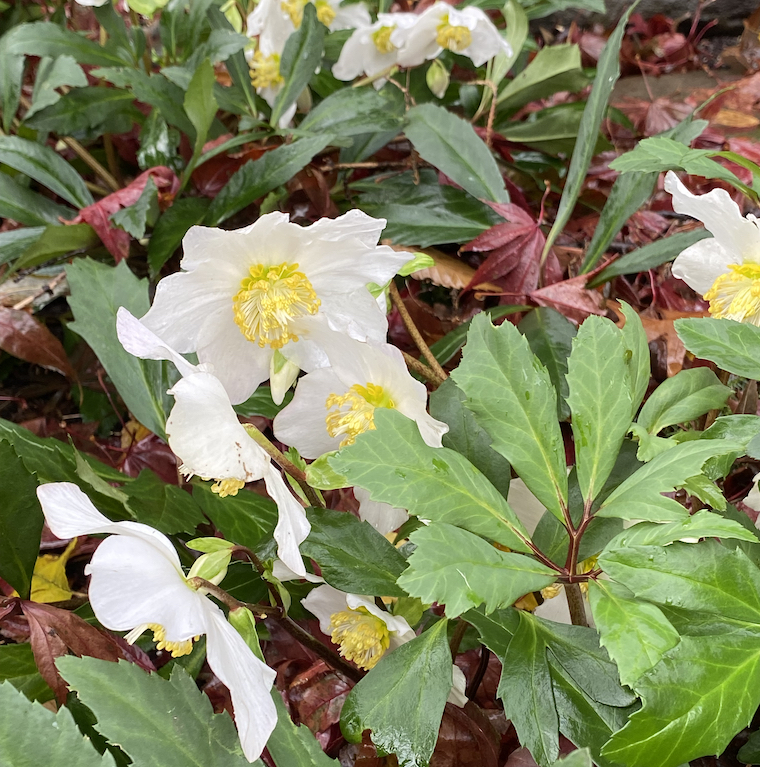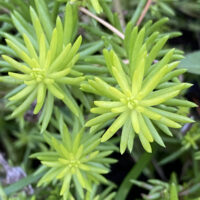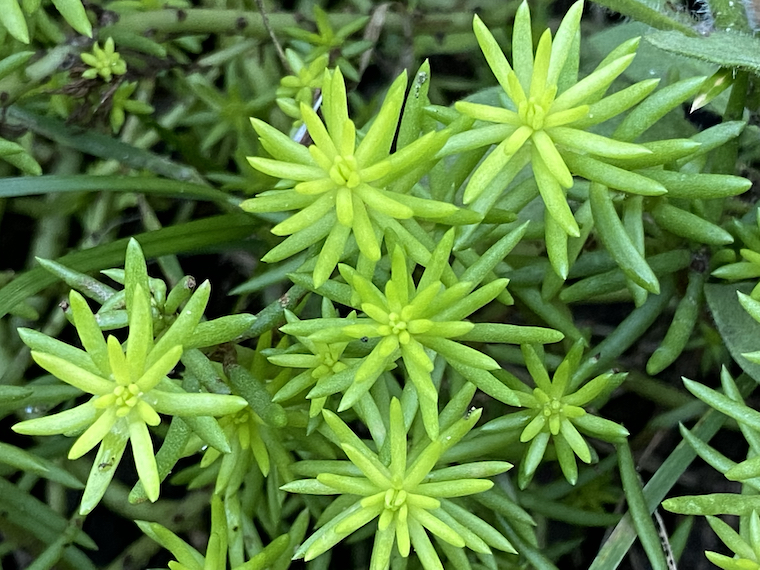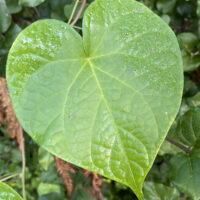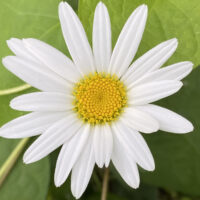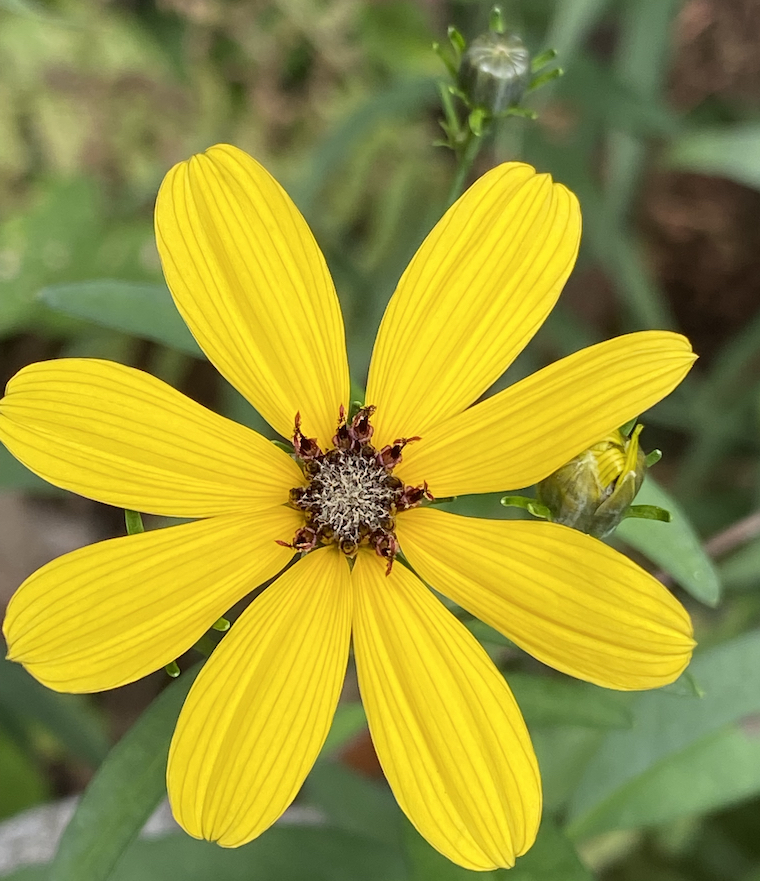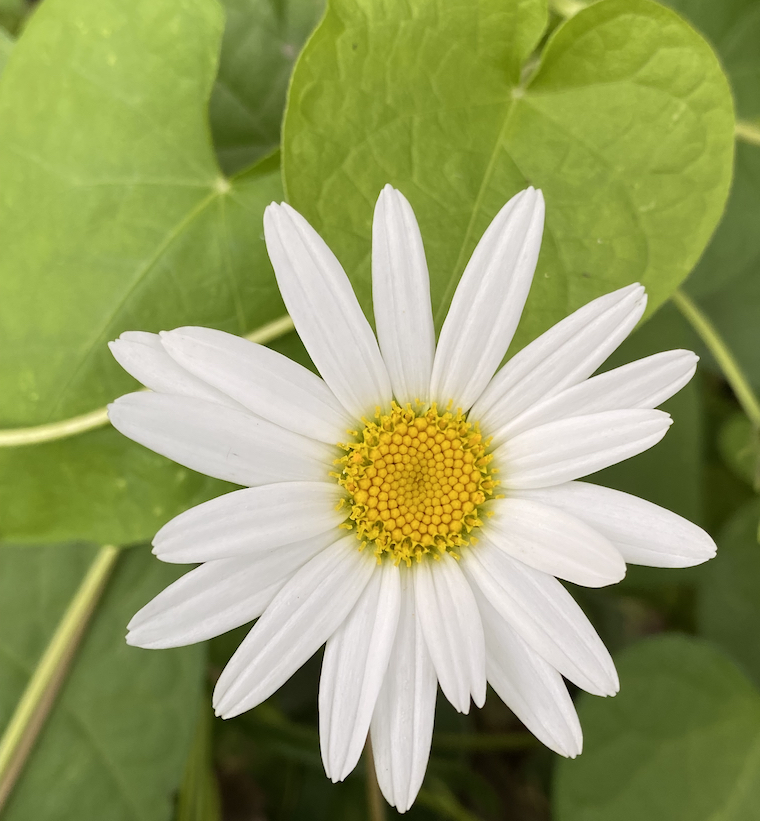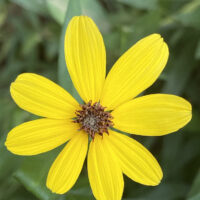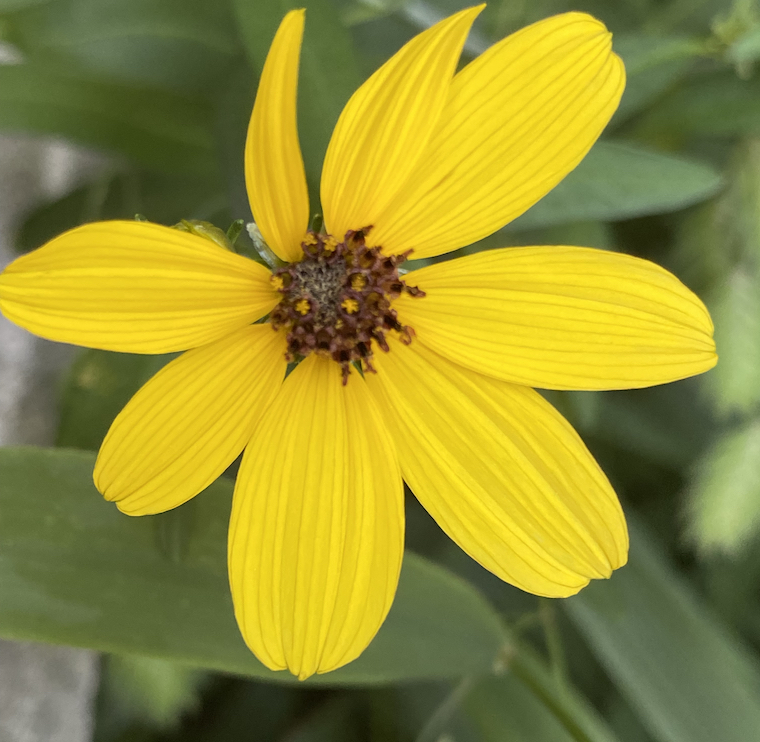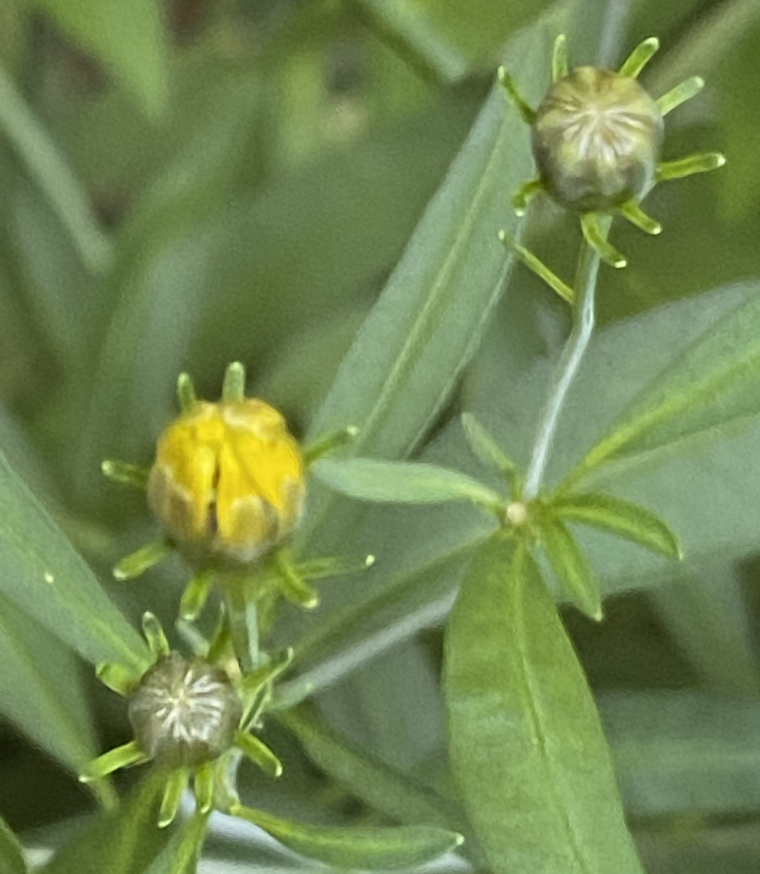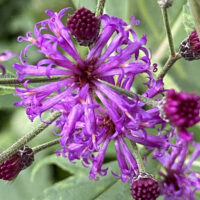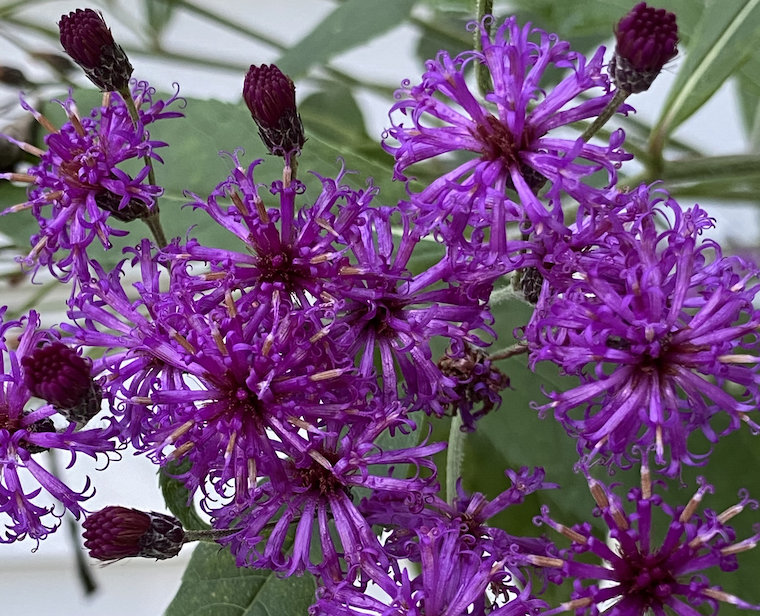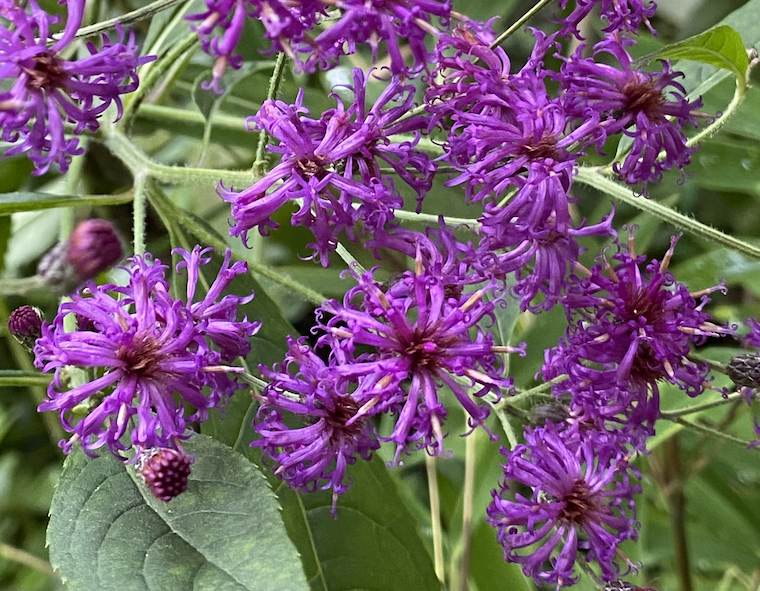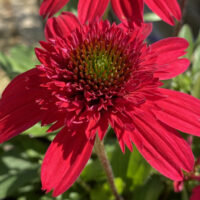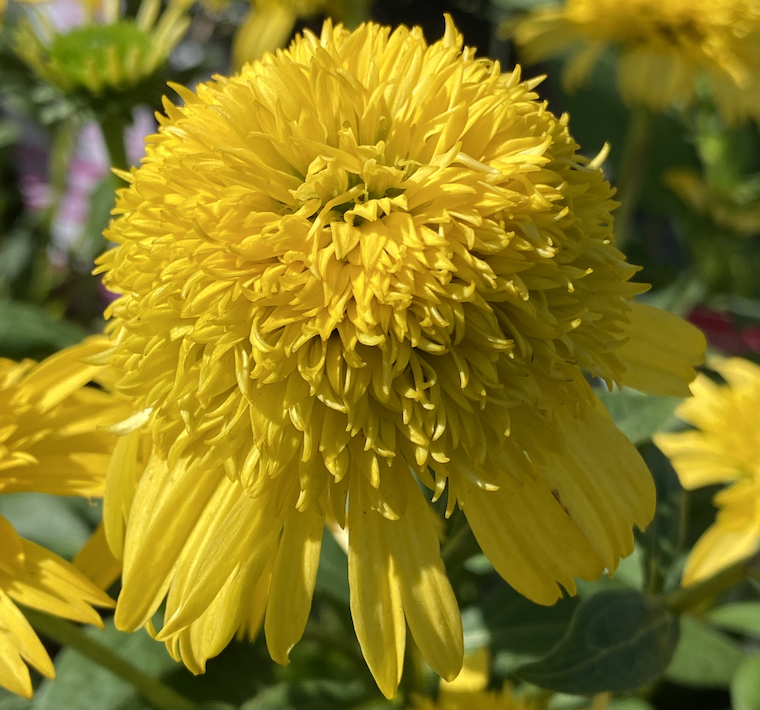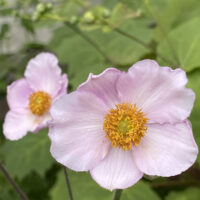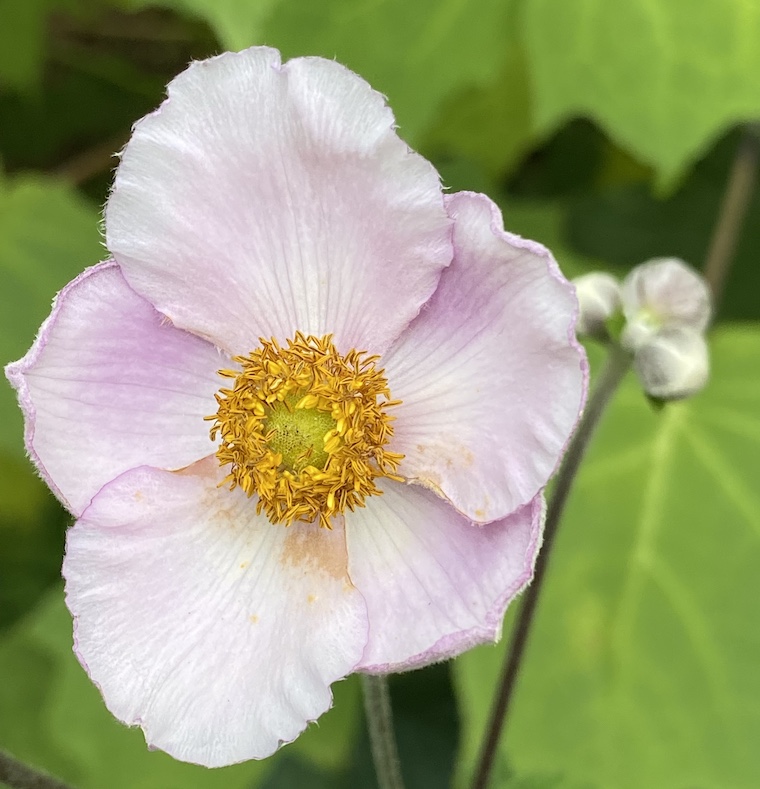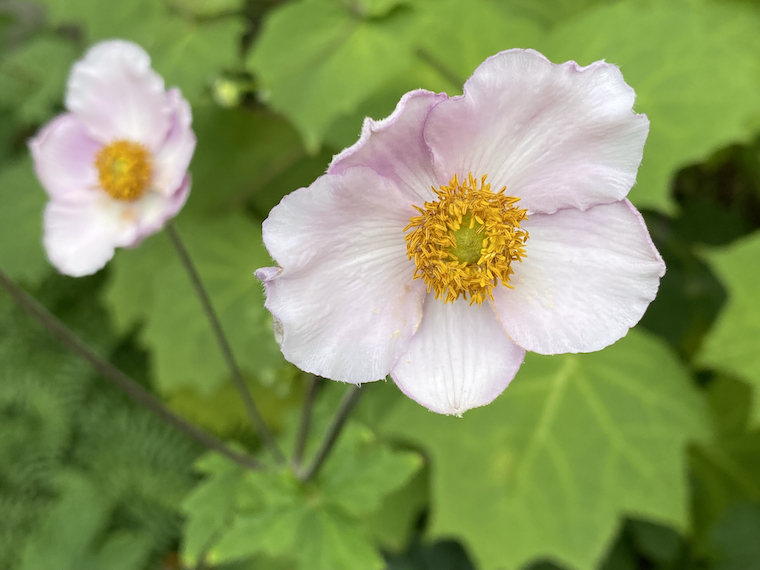Our yard is not that big or extensive, but even its small expanses make for a daily walk that recharges the soul as needed. Such a luxury is not available year round, and winter makes it less than hospitable for the most part. This particular winter hasn’t been as vicious as others, but I still hadn’t made it out until this week.
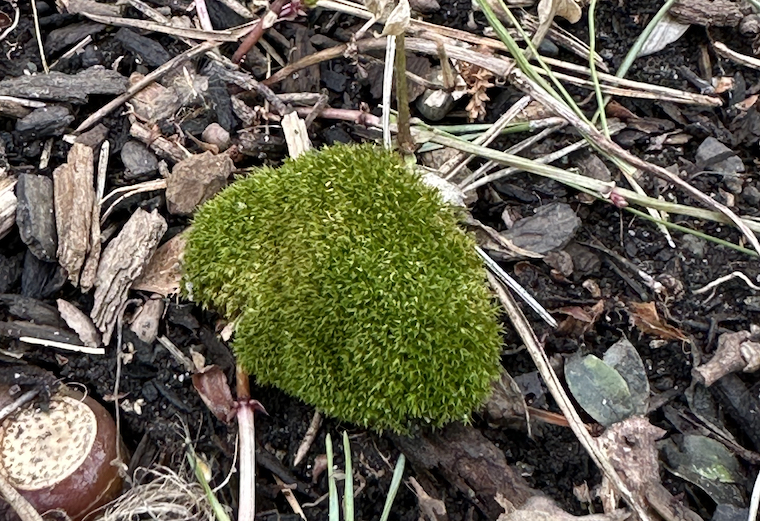
I wasn’t expecting to find much, but once again the garden finds ways to surprise and delight. A few small patches of moss rested on the bare ground, little irregular circles of green, while the only major splash of green was the evergreen of the Lenten rose – a stalwart performer when winters are mild, as this one has been.
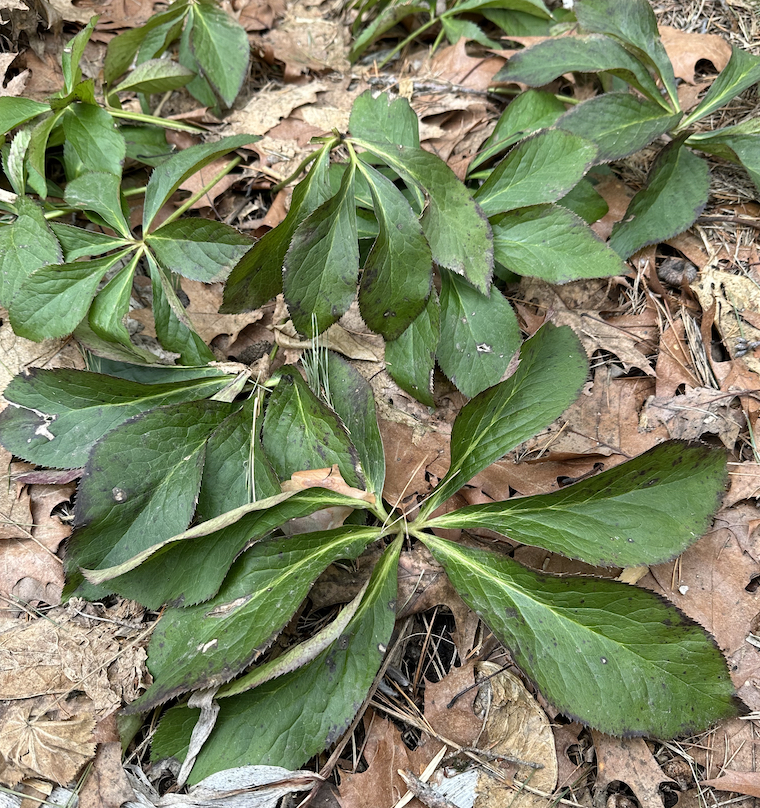
Much of the yard is still covered in snow and the brown layer of leaves and debris from fall and winter. That monotonous backdrop is a benefit when looking for things that are out of place structurally, or, in the case below, of an evergreen that had sprouted and established a decent start over the last year, but had gone hidden beneath a grove of ostrich ferns.
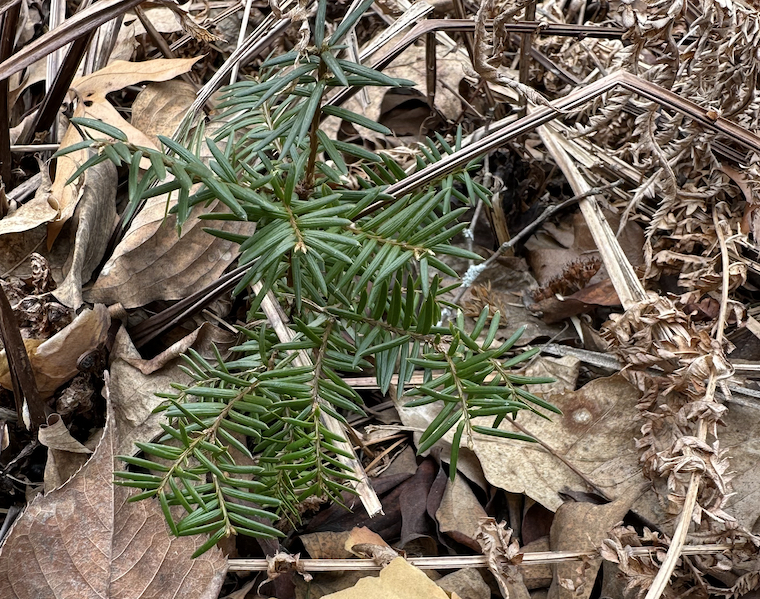
A juniper provides its silvery, blue-green beauty as a refreshing foil against the brown of the ground and the weathered gray of the fence behind it. This and the row of Thuja are reminders of the importance of using evergreens when an entire season is spent in dormant winter doldrums. Too many of us, myself most decidedly included, go for the brighter and more dramatic growth and color of the deciduous varieties, but the slower-growing and year-round foliage of evergreens will end up forming the backbone of a garden and landscape.
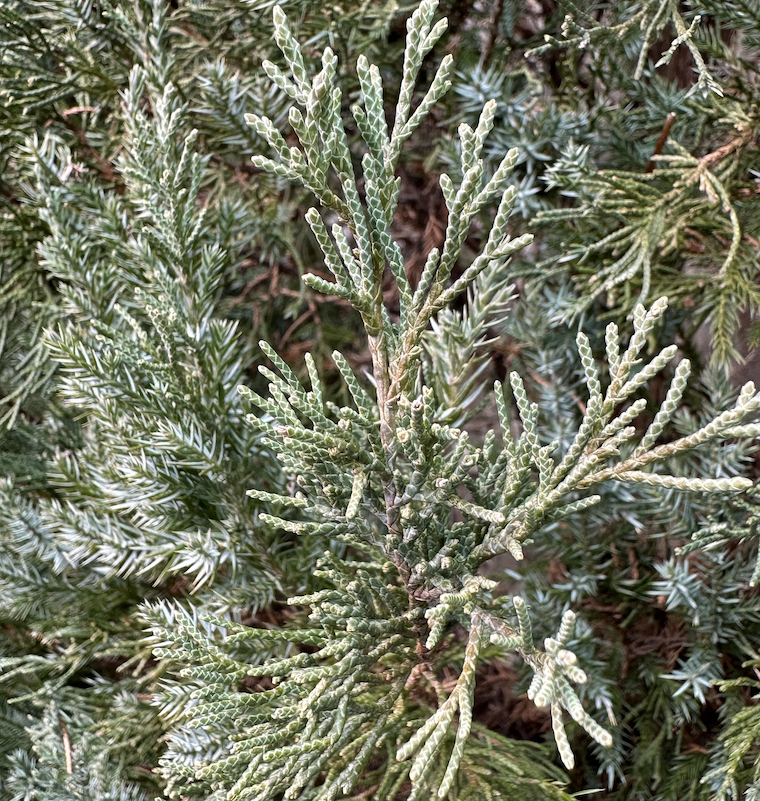
As I finished up a brief stroll around the backyard, I was surprised to see the early emergence of a couple of daffodils. They don’t typically show up this early, but here they were, bravely poking forth through the layer of leaves that once laid hidden beneath the snow. As happy a sight as this was, it did give me a bit of consternation. There will be more snowstorms to weather before any bit of spring is in serious sight. The risk of rising too early is great in these parts, when a long freeze could stunt or outright stop a bloom in its tentative tracks. But new life rarely listens or heeds the wisdom of older life, so we will hang on and hope for the best. Besides, it’s hard to stay mad at the hopeful.
